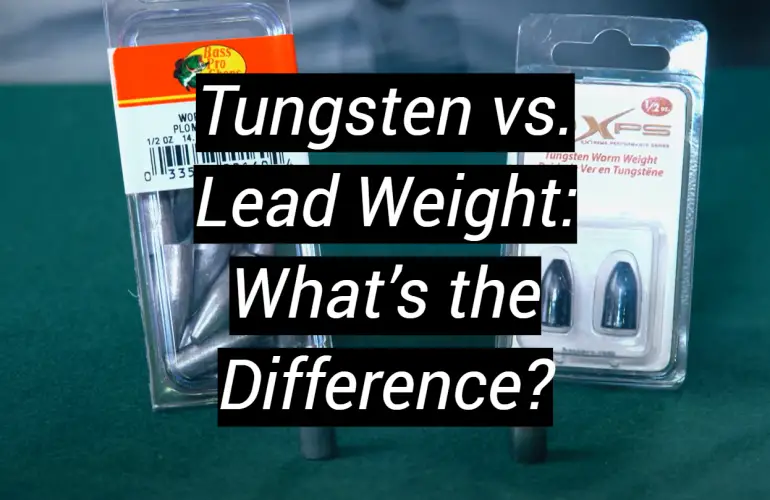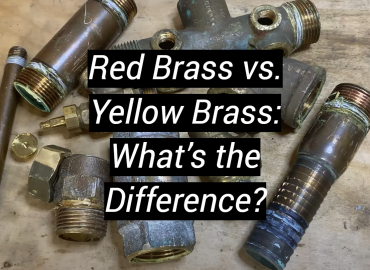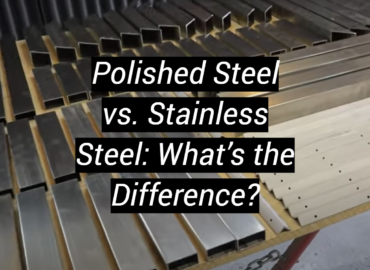If you’re like most people, you probably think that tungsten and lead weights are essentially the same things. After all, they both serve the purpose of adding weight to a fishing line, right? Well, as it turns out, there are actually some pretty big differences between these two materials – differences that could mean the difference between a successful fishing trip and an unsuccessful one. This blog post will take a closer look at both tungsten and lead weights and discuss the pros and cons of each material.
What are Fishing Weights?
Fishing weights are sinkers that are used to weigh down a fishing line and bait, allowing them to sink into deeper waters. Weights come in various shapes and sizes, including flat split shot weights, bell-shaped drop shot weights, bullet-shaped or torpedo-style casting weights, bank or egg sinkers for still fishing, and other specialized designs. The shape of the weight often depends on what type of fishing application it is being used for. Common materials include lead, steel, tungsten, brass, and zinc alloy. In some areas lead weights may be prohibited due to their potential impact on the environment.

When choosing the size and weight of a fishing weight for your rod or reel setup, consider factors such as the depth of the water where you will be fishing, the type of lure used, the strength and size of the line, and other environmental conditions. Choosing weights that are too light or too heavy can affect your ability to successfully make a cast and catch fish.
Fishing weights are essential for successful angling and should form an important part of any fisherman’s arsenal. Proper selection is key for successful fishing trips [1]!
Advantages of Tungsten Weights
Tungsten weights provide several advantages for anglers looking to increase the effectiveness of their fishing gear. Since tungsten is much denser than lead, it allows for more weight to be added without significantly increasing the size of the component. This makes it possible to create smaller baits and lures which still have enough weight to reach desired depths quickly and accurately.
Additionally, tungsten is relatively non-toxic compared to lead, making them much safer for aquatic wildlife. Finally, due to its increased density, tungsten provides a superior feel when casting or retrieving lures and can be used in combination with other materials such as plastic or rubberized coatings for even greater sensitivity. These factors make tungsten weights a great option for anglers looking to improve their gear and catch more fish.
By utilizing tungsten weights, you can be sure that your lures are getting where they need to be quickly and with greater precision than ever before. With the added sensitivity and decreased risk of lead toxicity, this makes tungsten a great choice for any serious angler. Whether you are fishing in freshwater or saltwater, tungsten is sure to give you an edge over the competition. So if you’re looking for a way to step up your game, try incorporating some tungsten into your tackle box today [2]!
Advantages of Lead Weights
Lead weights offer many advantages over other types of weighting materials. The most common advantage of lead weights is their relatively low cost compared to other materials. Lead is also a dense material, meaning that it takes up less space than lighter options such as sand or gravel. This makes them ideal for use in confined spaces and can reduce the amount of space needed to carry a certain amount of weight.
Another advantage of lead weights is that they are not affected by rust or corrosion, making them suitable for underwater applications since corrosion will not affect their strength or integrity over time. Lead does not absorb moisture, so there is no need for water-proofing treatments which can add extra costs to other application needs. Lastly, lead has a low melting point, so it is less likely to be damaged during extreme heat or cold environments. This makes lead weights ideal for use in many applications regardless of the environment.

All of these advantages make lead weights a great option for many weighting needs. They are affordable, strong, and durable, making them perfect for a wide range of uses from diving and fishing to construction projects and industrial applications. Whether you need something lightweight or heavy-duty, lead weights can provide reliable performance at an affordable cost. Regardless of your application needs, lead weights are sure to offer a cost-efficient solution that will last you for years to come [3].
Disadvantages of Lead Weights
Danger To People and Environment
Lead is a toxic metal that can cause health and environmental damage if it’s not managed correctly. Lead poisoning can occur when dust, fumes, or other particles containing lead are inhaled or ingested. Additionally, the runoff of lead weights into nearby bodies of water can contaminate the water supply and harm aquatic life. The use of lead weights in some countries has been banned due to the health risks posed by lead contamination.
Difficult To Recycle and Reuse
The recycling of lead weights is difficult because most recycling centers won’t accept them, due to their hazardous nature. This means that they must be disposed of as hazardous waste which can be costly and time-consuming. Furthermore, these weights cannot typically be reused after they have been taken off the fishing line, making them a single-use product.
Expensive
Lead weights can be quite expensive compared to other alternatives, such as steel or tungsten weights. This may be because they are typically made of pure lead which is more costly than other materials. Additionally, since lead weights need to be disposed of in a specific way, it increases the cost associated with owning and using lead weights for fishing.
Lead vs. Tungsten Fishing Weights
Material features
Lead and tungsten are materials commonly used to make fishing weights. Both materials have advantages and disadvantages when it comes to their use in fishing weight production.
Lead is a soft, malleable metal with a low melting temperature. This makes it easy to form into various shapes and sizes of weights without the need for expensive machinery or complicated tooling. Its low melting point also means that lead can be quickly melted down and recycled if needed, which is an important factor for conservation-minded anglers.
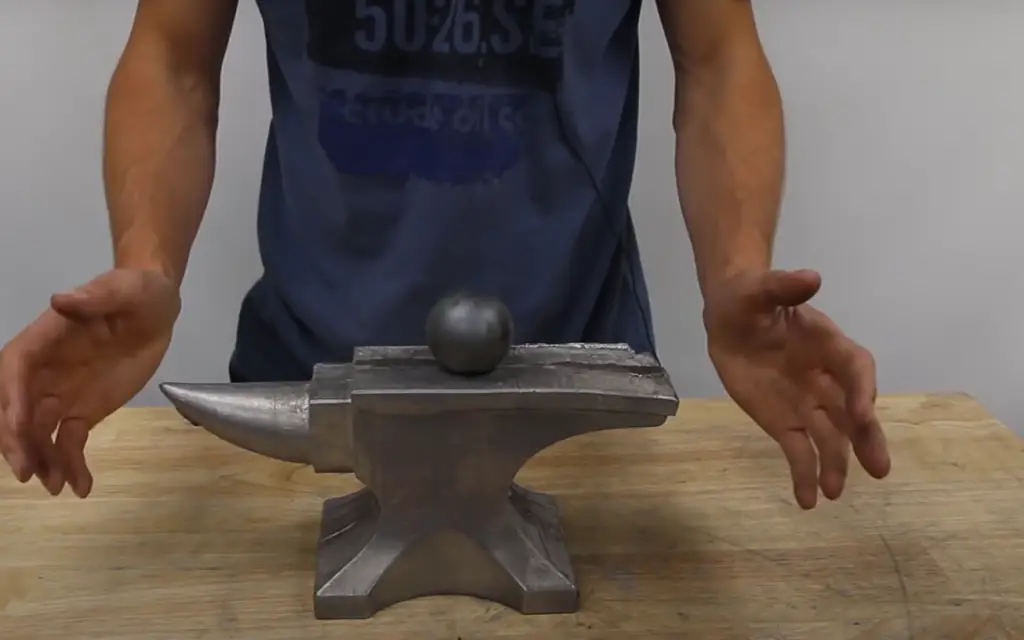
Tungsten, on the other hand, is much denser than lead, making it significantly heavier for its size than lead weights. This enables anglers to fish deeper depths effectively with fewer pieces of tackle, leading to more efficient and precise bait presentations. Tungsten weights are also very hard and durable, making them less prone to damage from snags or other hazards in the water.
Cost differences
Lead is generally much cheaper than tungsten when it comes to fishing weights, due to the relative costs of each material. Lead weights are usually produced in bulk quantities, making them affordable for most anglers. However, the increased weight of tungsten leads to a higher cost per unit weight than lead, meaning that an angler must be prepared to pay a bit more for the same amount of tackle.
Environmental issues
As previously mentioned, lead can easily be melted down and recycled if needed – a key factor for anglers concerned with sustainability. Tungsten, on the other hand, is much more difficult to recycle due to its extreme hardness and density.
Many companies now offer recycling programs for tungsten weights, but it still may be more beneficial in the long run to opt for lead weights if possible.Responsiveness
The responsiveness of a fishing weight can be an important factor for anglers looking to get the most out of their tackle. Lead is known for its relatively slow sink rate and deadening effect on lures, meaning that some fish may not be as interested in a lead-weighted presentation as they would in something more lively. On the other hand, tungsten’s denser composition gives it a much faster sink rate which can make presentations more attractive to fish.
Size and shape
Due to its softness, lead can be more easily molded and shaped than tungsten. This makes it a better choice for anglers looking for specialized shapes or sizes of fishing weights. On the other hand, tungsten is harder but less malleable than lead, so it is not as well-suited for crafting intricate shapes, though some manufacturers do offer pre-shaped weights in various styles.
Legality
The use of lead weights is prohibited in many areas due to their toxicity.
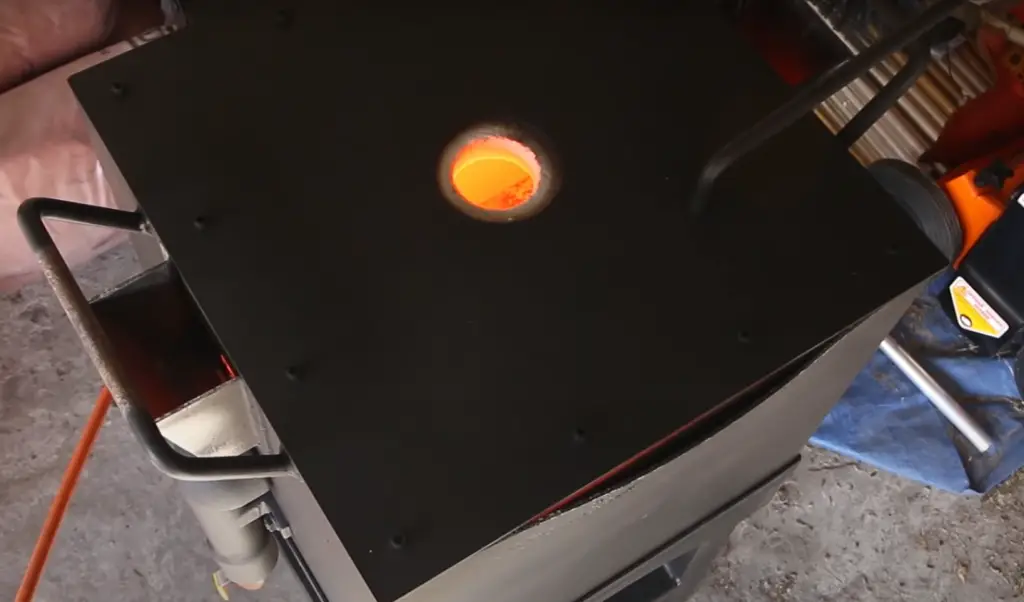
Tungsten, on the other hand, is generally considered non-toxic and hence more environmentally friendly than lead. Therefore, it can be used in areas where the use of lead weights is not allowed [4].
Some tips on using tungsten and lead fishing weights
Here are some tips on using fishing tungsten and lead weights to get the perfect balance for your project:
- Use the right weight for each specific situation – Tungsten is denser than lead, so it’s a better choice when you need to get past weeds and heavy vegetation. Lead is easier to control over long distances and can be used in deeper waters where tungsten might not be ideal.
- Locate soft spots in the bottom structure and target them with heavier weights – Soft spots in the bottom of lakes or rivers are great habitats for fish but they can also cause your lure to get snagged on rocks or other obstacles if you don’t use enough weight. Heavier weights like tungsten will help keep your lure close to the bottom while avoiding getting snagged up.
- Mix and match weights for the perfect balance – Tungsten and lead weights can be used in combination to get the perfect balance of weight, buoyancy, and speed depending on your target species. This can give you an edge when trying to fool fish into biting your lure.
- Consider using coated tungsten – Coated tungsten is a great choice if you are looking for maximum sensitivity while fishing in deeper waters where rocks or other obstacles may be present. The coating provides a non-slip grip that helps keep your line out of harm’s way while also providing superior sensitivity to light bites or subtle takes.
- Use the right size sinker for the job – If you’re using multiple weights, it is important to make sure that you are using the right size weights for the right job. A 1/2 oz weight may work great in shallow water but a 2 oz weight might be better suited for deeper waters.
- Take into account water conditions – Water clarity and current can play a major role in deciding which type of weight to use. In clear water, lighter weights like tungsten will help keep your line out of sight from wary fish, while in faster-moving currents heavier weights may be necessary to keep your lure in place.
- Experiment with different techniques – Many techniques involve the use of lead and tungsten weights and each one has its strengths and weaknesses so experiment with them to find out which one works best for your situation.
- Use the right tools – Using the proper tools when working with tungsten and lead weights is essential to ensure that they stay in place while allowing you to make quick adjustments if needed. Quality crimping pliers and split shot weight removers will help make sure that your setup remains secure and effective throughout your fishing session.
Follow these tips and you’ll be sure to get the perfect balance of lead or tungsten weights for your next fishing project!
FAQ
Are tungsten weights better than lead?
Tungsten weights are said to be better than lead weights in certain circumstances. They weigh more and sink faster, which can help when fishing in deep water or slow-moving current.
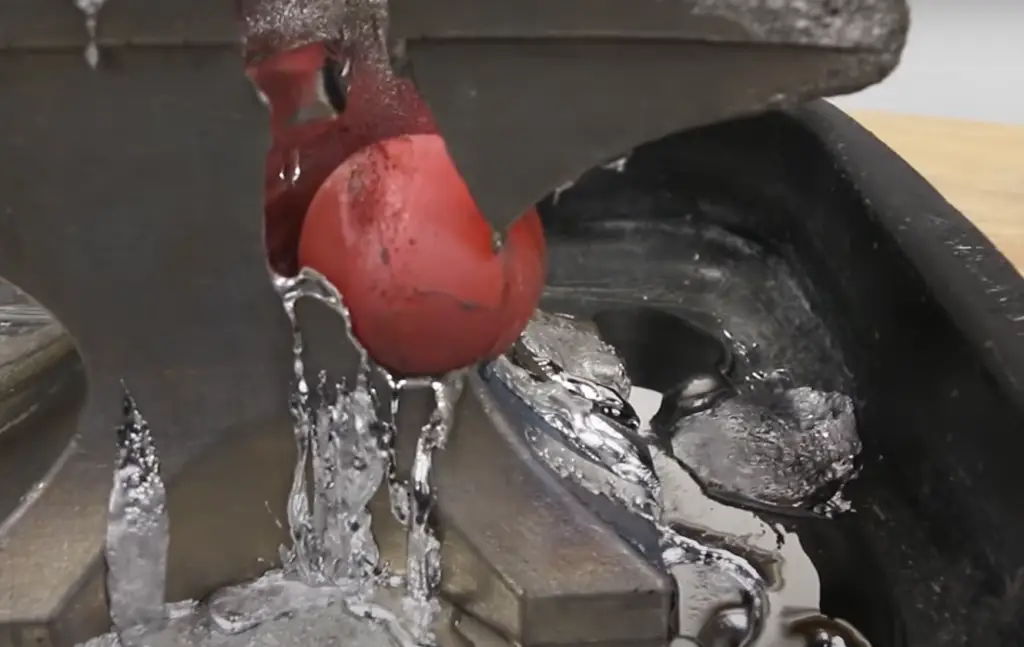
Tungsten is also denser than lead, allowing it to stay in place better against strong currents. The downside of tungsten is that it costs more than lead and can be difficult to find in some sizes and shapes. Ultimately, the choice between tungsten and lead comes down to personal preference and fishing conditions.
What’s the best way to rig a jig?
The best way to rig a jig depends on what type of jig you’re using and what kind of fish you’re targeting. Typically, jigs should have a flexible plastic skirt or a rubber tail attached to the head, and either a wide-gap hook or a weighted line tied directly to the jig. If you’re fishing in deeper water, adding a lead sinker or a tube weight to the line can help get your jig down faster. When fishing shallow waters, using an unweighted line can be more effective. Experiment with different techniques until you find what works best for your particular situation.
What’s the best tackle setup for bass fishing?
The best tackle setup for bass fishing will vary depending on the season and water conditions. In general, you should have at least one rod and reel combo suited for light spinning gear as well as heavier baitcasting gear. You’ll also need a variety of lures, including crankbaits, topwater baits, jigs, and soft plastics. A small selection of terminal tackles such as weights, swivels, and hooks can also be beneficial. Be sure to have plenty of spare lines on hand as well. With the right tackle setup, you’ll be prepared for whatever type of bass fishing you decide to do.
Is tungsten heavier than lead?
Yes, tungsten is heavier than lead. Tungsten has a density of 19.3 g/cm³, compared to 11.3 g/cm³ for lead. This means that the same volume of tungsten will weigh almost twice as much as lead. This makes tungsten an ideal choice for fishing weights, as it sinks faster and stays in place better against strong currents.
What is the difference between tungsten and lead fishing weights?
As mentioned above, the main difference between tungsten and lead fishing weights is their density. Tungsten is almost twice as dense as lead, making it heavier for its size. This means that tungsten sinks faster and stays in place better against strong currents. The downside of tungsten is that it costs more than lead and can be difficult to find in some sizes and shapes. Ultimately, the choice between tungsten and lead comes down to personal preference and fishing conditions.
Why does tungsten sink faster than lead?
Tungsten is denser than lead, so it weighs more for its size. This means that the same volume of tungsten will be heavier than the same volume of lead, which allows it to sink faster. Additionally, tungsten has a slightly higher melting point than lead, which makes it less prone to melting in warmer water temperatures. All of these factors combine to make tungsten an ideal choice for fishing weights in certain situations.
What are the benefits of using tungsten fishing weights?
The main benefit of using tungsten fishing weights is their weight and density. Tungsten is almost twice as dense as lead and sinks much faster, making it perfect for deep-water fishing or slow-moving current. Additionally, tungsten is less prone to melting in warmer water temperatures, making it more resilient and reliable in those conditions. Finally, tungsten is also less susceptible to being moved by strong currents, allowing it to stay in place better than its lead counterpart. Ultimately, the choice between tungsten and lead comes down to personal preference and fishing conditions.
Is tungsten safer than lead?
Yes, tungsten is generally considered to be safer than lead for fishing. Tungsten does not contain any hazardous chemicals that could be released into the environment when used in fishing weights, making it a much more eco-friendly option.
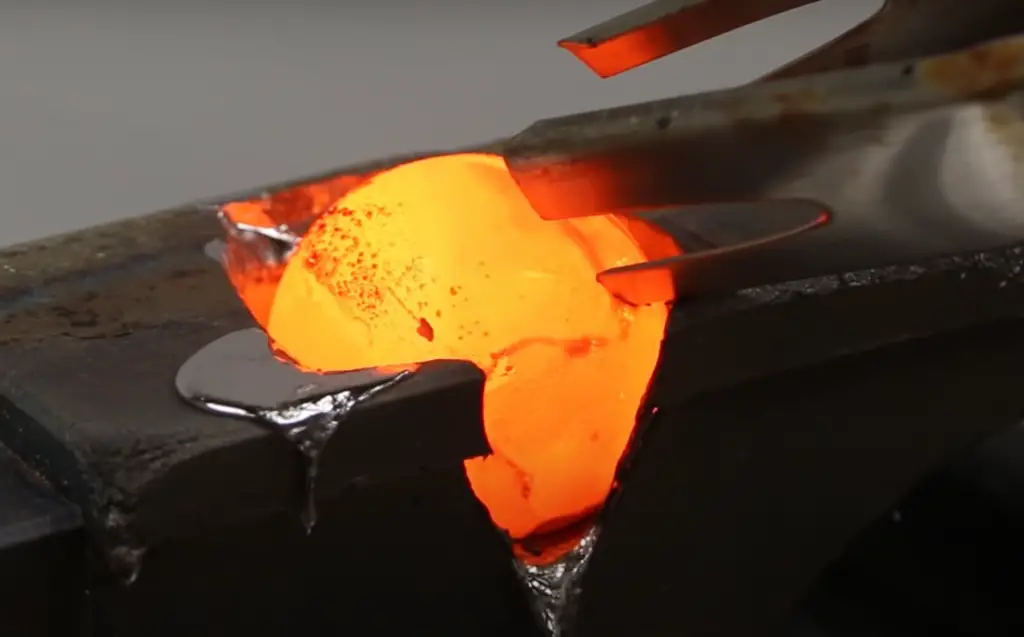
Additionally, tungsten is also less likely to leach harmful substances into the water due to its higher melting point. Ultimately, however, it’s important to make sure you dispose of all your fishing tackle properly to minimize any potential environmental impact.
Will lead weights rust?
Yes, lead weights can rust over time if exposed to moisture or air. Lead is susceptible to oxidation and corrosion, so it’s important to keep your fishing tackle stored away from moisture or water. Additionally, lead can also be affected by saltwater and other environmental factors, which could result in corrosion as well. To protect against this, you should make sure that your tackle is always stored properly and out of direct contact with the elements.
What metal is heavier than lead?
Tungsten is heavier than lead. Tungsten has a density of 19.3 g/cm³, compared to 11.3 g/cm³ for lead.
Additionally, gold and platinum are both denser than lead, with densities of 19.3 g/cm³ and 21.4 g/cm³ respectively. Ultimately, the choice between these metals depends on their intended use and personal preference. Are there any alternatives to tungsten fishing weights?
Yes, there are several alternatives to tungsten for fishing weights: stainless steel, brass, bismuth alloy, and zinc alloy are all popular choices. Each material has its unique advantages and disadvantages depending on the situation – stainless steel is heavy yet resistant to corrosion, while brass can be more malleable and easier to work with. Ultimately, the best choice will depend on the conditions and your personal preferences.
Useful Video: Tungsten vs Lead (Which Fishing Weights Should YOU use?)
Conclusion
Tungsten and lead fishing weights are two of the most commonly used weighting materials for fishing, and each has its own unique advantages and disadvantages. Tungsten is a heavier material than lead, but it is also more expensive. Lead weights are less dense, so they do not sink as quickly when casting or jigging. Lead is also very susceptible to corrosion and can become brittle over time. Ultimately, the choice of which material to use depends on the specific needs of the fisherman, such as their budget and desired results from the activity. No matter which one you choose, both tungsten and lead have been proven to be effective options for adding extra weight to your lures or bait.
References:
- https://badangling.com/tackle-advice/fishing-weights-types-sizes-uses/
- https://shopkarls.com/blog/tungsten-weights
- https://hikingandfishing.com/tungsten-weights-vs-lead-weights/
- https://hookedinfishing.com/tungsten-vs-lead-weights/

